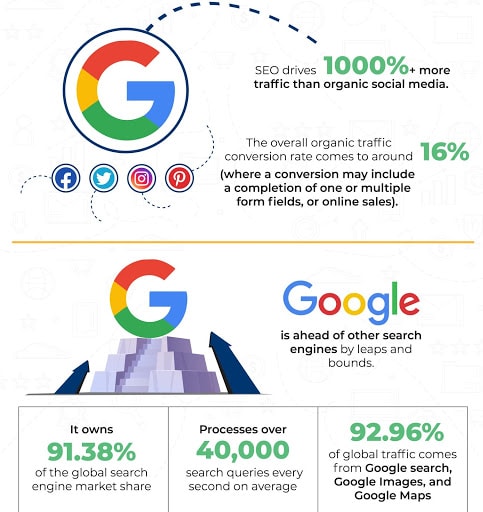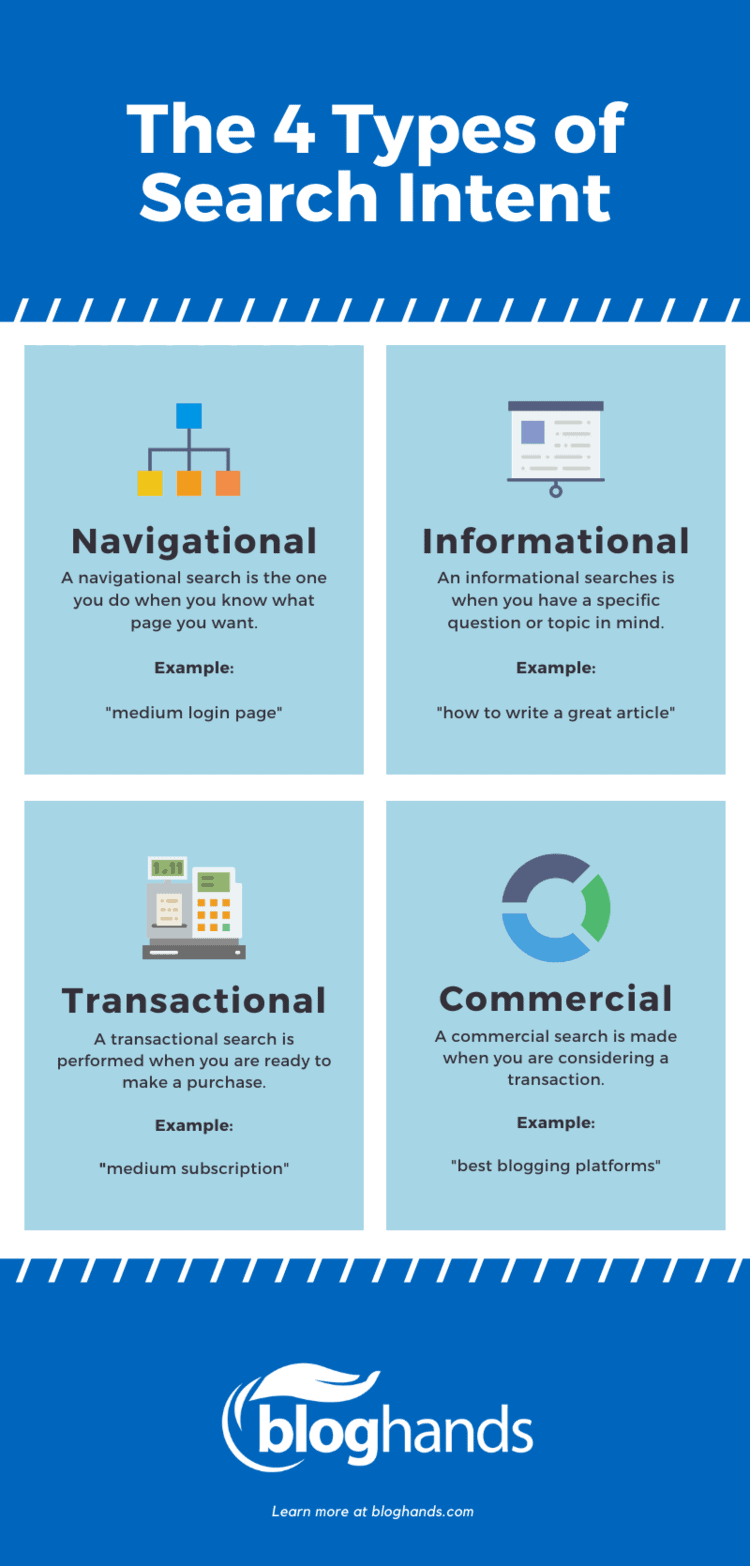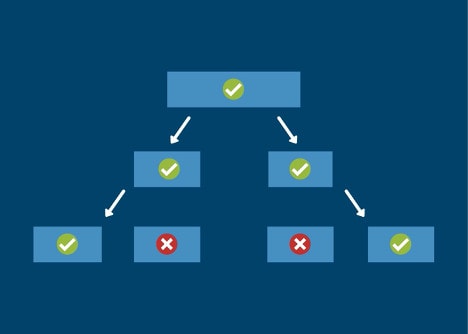Table of Contents
It’s estimated that 40% of online revenue comes from organic search traffic. That means without high rankings on Google search engine results pages (SERPs), your business is missing out on a significant source of revenue.
To achieve high rankings, you need high-quality content. But that’s not enough. Search engines also have to be able to recognize the value of your pages. You have to prove you’re worth being at the top of SERPs. Today, we cover how to do that, with 12 easy tips on how to rank higher on Google.
What is SEO? Why is it so important?
Search engine optimization (SEO) is a digital marketing strategy used to increase organic search traffic to websites. The strategy itself centers around high-quality content, backlinks, web design, and technical functionality. Together, these tactics make the site easier for crawlers to navigate while ensuring that users find relevant information, products, and services.
Today, SEO strategies are important because they are one of the most effective forms of digital marketing. Google can expose your business to millions of potential customers each month, and compared to pay-per-click advertising, SEO is more budget-friendly and has higher potential for long-term growth. For many businesses, the majority of revenues stem from organic search traffic – not from paid advertising.
To reap the benefits of SEO, you should optimize your content so that it provides as much value as possible.

The higher your position on search engine results pages (SERPs), the more leads, sales, and revenue you’re likely to generate. Since most web traffic doesn’t progress past the first SERP, results on page 2 or lower won’t have a significant impact on bottom-line metrics.
Combined with content marketing, Google SEO helps the search engine understand your web pages. With more context, Google can make better decisions about where it should rank.
How to rank higher on Google in 2021
Getting on the first page of Google search results doesn’t have to be as overwhelming as it may seem. As you develop an SEO strategy for your website, you’ll find that there is plenty of room for new competition.
Although each business approaches SEO from a different angle, there are certain methods that nearly all webmasters can use for improved search rankings.
1. Prioritize search intent
Here’s a simple fact of SEO: if you don’t prioritize user needs and preferences, the chances of making Google’s first results page are very slim. Tailoring content to the specific goal of a search term is called “satisfying user intent,” and it is something that Google looks for more and more each year.
There are four main types of user search intent that tell you why a person would be searching a keyword:

Your main goal should be to figure out what the user wants and then create the best content on the SERP. Reevaluating your content to prioritize search intent can have a major impact on your search rankings.
Consider the general topic of home decor. Within that one topic are countless different pieces of content that users want. Examples might include…
- Home decor trends for small spaces
- Inexpensive home decor projects
- Classic home decor styles
- Best home decor staples
- Durable materials for home decor projects
- Ugly home decor trends
The list could go on forever. The difficulty of search intent is that it will be unique for every keyword you choose. That’s why you should always determine user intent before you develop content. It’ll provide direction for top-ranking content.
During your initial research, take note of the types of content that already rank for your keywords. See what kind of listings Google has (lists, images, etc.). This can give you insight into the format, tone, style, organization, etc. you should use for your new content.
2. Submit an XML sitemap to Google
You can improve the crawling and indexing process by submitting an XML sitemap to Google. XML sitemaps tell the search engine where to find all of the content on a particular website.

They are relatively simple to make and can decrease the time that it takes crawlers to find and analyze content. They can also make sure that key pages don’t get missed by crawlers and left out of search results.
If you want to create a sitemap even faster, consider downloading a WordPress SEO plugin that does it for you. This way, the only thing you’ll have to do is upload the sitemap to Google for consideration.
3. Increase page speed
Google dislikes slow websites even if their content is outstanding. This is because Google knows its users have no patience for web pages that don’t offer instant information.

Increase your page speed by compressing images, deleting unnecessary data files, and reducing your use of animations. These and other page speed SEO practices may increase the amount of time searchers spend on your page, leading Google to reevaluate your rankings.
4. Track SEO performance metrics
When you’re struggling to improve your rankings, always refer back to the data. Every website has free access to Google Analytics and Google Search Console. These resources track SEO performance metrics like click-through rate (CTR), dwell time, load time, and bounce rate.
While you need creativity to develop amazing content, you need metrics to find concrete explanations for low rankings. After analyzing your site, you should be able to come up with a list of action items that will improve the underperforming pages.
5. Optimize for voice search
In 2018, just over a quarter of the global population used voice search on their mobile devices. Google’s algorithm is constantly changing to understand complex search terms. If you haven’t researched target keywords for voice search, you’re missing out on a growing segment of searches.
Optimizing for voice search involves keyword research for more conversational phrases like: “How far away is Sacramento?” or “What is the best way to make mashed potatoes?”
Voice search terms typically come in the form of questions or commands, and the majority come from mobile devices. So make sure that your website accommodates these preferences.
By 2024, the number of digital voice assistant devices is expected to outnumber people at an astonishing 8.4 billion units. Voice search optimization will make your content more accessible and may give you a leg up on the competition, leading to higher rankings.
6. Optimize for long-tail keywords
Chances are you’ve already targeted some obvious keywords in your industry or local area. To boost your rankings, try researching long-tail keywords. With these, you can reach your ideal audience by making content that caters to their specific needs. Research shows that long-tail keywords have smaller search volumes but better conversion rates.
They are an effective way to get higher rankings because they are:
- Less competitive keywords
- Better suited for voice search SEO
- More specific keywords
- Likelier to have a higher click-through rate (CTR)
- Less expensive to run ads for
Even the research process to find these search queries can improve your content. Knowing how your ideal customers search for what they want will help you understand their pain points. You will uncover valuable insights including related LSI (latent semantic indexing) keywords. This can lead to better product development and more effective marketing in the long run.
7. Develop a strong backlink strategy
As one of the most important Google ranking factors, backlinks should have their own designated approach. Here are some of the most common practices that marketers use to build a strong backlink profile:
- Having an active and updated social media presence
- Guest blogging for other websites
- Searching for broken link opportunities
- Posting on industry forums
- Creating share-worthy content
- Providing one-of-a-kind infographics or research
Earning backlinks can take time, but you can speed it up by proactively reaching out to other sites. If you’ve recognized an opportunity to fix a broken link or have an interesting idea for collaboration, write emails to other site owners or bloggers. Ask if they would be interested in a guest blog post or replacing a broken link with one of your web pages.
In the case that you don’t have the time or desire to develop a backlink strategy, you can consider hiring an SEO consultant to do this for you. There are many professionals who specialize in link-building strategies. Their services may save you valuable time which you can invest in your own products and services.
8. Use internal links
Certain areas of SEO come down to the search engine’s analysis and interpretation of your content. That’s why it’s important to describe what you can, where you can, and leave as little room for confusion as possible. Internal linking is one way to do this.
Crawlers follow internal links while they are indexing web pages. An internal link signals to the search engine that you think the web page is relevant and valuable. A user should be able to access any piece of content from the homepage of your site by following internal links.

The anchor text that you use for your internal link is also important for SEO. Rather than letting crawlers guess what the page is about, anchor text tells them. Make sure you use keywords in the anchor text and double-check to make sure the link works.
9. Declutter your web design
Creating awesome content won’t earn you top rankings if your web design overwhelms users. When someone pulls up your web page, they should be able to scroll through with ease. Information should be accessible, organized, and visually pleasing. Here are some tips for decluttering your web design:
- Use animations sparingly.
- Incorporate images, videos, and infographics.
- Break up long sections into shorter paragraphs.
- Try to keep pop-ups to the edges of the page.
- Leave white space to prevent sensory overload.
- Format content using headers, bullets, bolded words, etc.
If formatting isn’t your strong suit, check out some online tutorials. There are plenty of free YouTube videos and coding guides that can teach you how to make your web pages look more professional.
It’s possible that you haven’t achieved high rankings because your web design has clouded the page’s value. Although the right information and content is present, users don’t want the hassle of finding it. Look for areas of design improvement to enhance user experience. This may translate into more clicks and a better ranking over time.
10. Adjust your local SEO strategy
It can be hard for small business owners to achieve high rankings. This is because the top keywords in each industry are almost always dominated by large corporations with big more resources. This doesn’t mean that ranking is impossible–it just means you have to think outside of the box.
At minimum, all local businesses should:
- Have a Google My Business (GMB) listing.
- Have NAP (name, address, phone number) citations on popular platforms like Yelp and Yellow Pages.
- Target local keywords (EX. “dry cleaners in Memphis”).
- Optimize their homepage for their main keyword.
If you’re a local business, these are steps you can’t afford to skip. They are relatively simple SEO tasks that can have a huge impact on how you rank in your local area.
When you’re having trouble figuring out how to dominate your local rankings, consider using local SEO tools. Resources like Semrush, Moz Local, and Buzzstream can simplify the optimization process if you are overwhelmed or unsure.
There are all sorts of paid and free tools that help with things like building NAP citations, developing a backlink profile, monitoring business ratings, and more.
11. Reevaluate your title tag and meta description
While the title tag and meta description don’t feature directly in your content, they are important on-page SEO elements. Your pages might receive higher rankings if you adjust these components. To do this, you need to evaluate the top-ranking posts:
- Do they use numbers in the title?
- Where are the keywords placed?
- How many times do they use the keywords?
- Does the meta description provide specific details like dates, prices, etc.?
- Is the tone persuasive, informative, serious, etc.?
- How long is the title tag?
Slight changes in the phrasing of a title tag can have a significant impact on rankings. If your rankings are low, keep all other variables the same and only change your title or meta description. If you see a difference in the rankings, you’ll know whether or not the change worked.
12. Do image SEO
Visual website components can impact the way Google ranks your content. This is for multiple reasons:
- Images greatly impact the user experience.
- A website’s loading time is drastically affected by visual components.
- Metadata attached to images can improve the crawling and indexing processes.
Images are important for web design, accessibility, and readability. It’s important to optimize your graphics if you want them to have positive effects on your rankings. Here are some of the most important image SEO techniques to implement:
- Add alt text for increased accessibility.
- Put your main keyword in the image’s file name.
- Use responsive web design to make images mobile-friendly.
- Compress and/or resize images whenever possible.
- Include schema markup that helps generate rich snippets.
When you do image SEO, you give the search engine even more context to rank your content. With a deeper understanding of the page’s main topic, crawlers have better accuracy when they index the information.
Get a complimentary SEO audit
The principles of SEO serve the user. They make your website more organized, relevant, navigable, interesting, and faster. These improvements can lead to more organic traffic, deeper audience engagement, and higher sales revenue than ever before.
Want to see how you’re doing with SEO? Get an instant SEO audit below. Or, schedule a free consultation to see how intent SEO can boost search traffic revenue by 700%.
